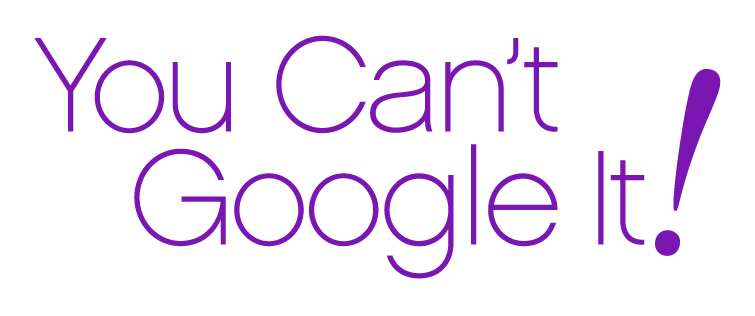How Psychological Safety Ups the Ante on Conversation and Engagement
/I developed a serious interest in the concept and implementation of psychological safety several years ago when Google released its findings on what makes teams productive and innovative.
In most companies/organizations, psychological safety is a new concept they are not yet focusing on. But it’s crucial because it is at the root of employee engagement, and indeed, instrumental in effective teamwork and innovation.
Crucial Conversations’ research found that only 40% of respondents feel as confident speaking up as before the pandemic, especially on social and political issues. In most circumstances people have to feel they are not threatened and will be punished for expressing their ideas and views. Encouraging and rewarding speaking up is likely to lead to better inclusion, diversity of thought, creativity and less likely to result in burnout.
To establish and maintain psychological safety at work, whether in person or virtually, incorporate these tips.
9 To DOs
Set ground rules at the start of every meeting for specific expectations of demeanor, language and behavior.
Make psychological safety an individual responsibility as well as well as the discussion leader’s role.
Realize that an acceptance and behavior change to psychological safety culture is not an overnight conversion. (Tim Clark of LeadFactor points out 4 stages from exclusion to:
- Inclusion safety
- Learner safety
- Contributor safety
- Challenger safety
Consider whether everyone at the discussion table should be required to speak up. Give everyone a voice.
Consider rotating discussion leaders. ·
Reflect on the emotions of the speaker, and listen thoughtfully ·
To avoid or lessen conflict, clarify common goals up front.·
Measure psychological safety and Return on Emotion (ROE) to maintain it.
Realize it Is difficult in some instances for people to separate the home environment and the work environment.
As much as psychological safety is necessary for lasting employee engagement, there has been push back against widespread embracing of it. Every hot concept has some downsides, especially as is used as a buzzword rather than perceived as a guiding principle. Next time, we’ll look at how to maximize the upsides and minimize the downsides, including Tim Clark’s 7 cautions about what to avoid.
Call to Action: My P.S. after hearing Gary Vaynerchuk speak on a WorkHuman Spotlight which was not related to psychological safety, but my mind connected it. He said that with the large, diverse Gen Z cohort, we need to build more relevance to and for the youth, focusing on recognition and a middle path to innovate while also paying the bills. He believes in “kind candor” culture, which I take to mean candor that is empathetic and compassionate, not just pure self-expression without thinking first. It seems that should be added to the 9 To DOs above. Your thoughts?
© Phyllis Weiss Haserot, 2022



